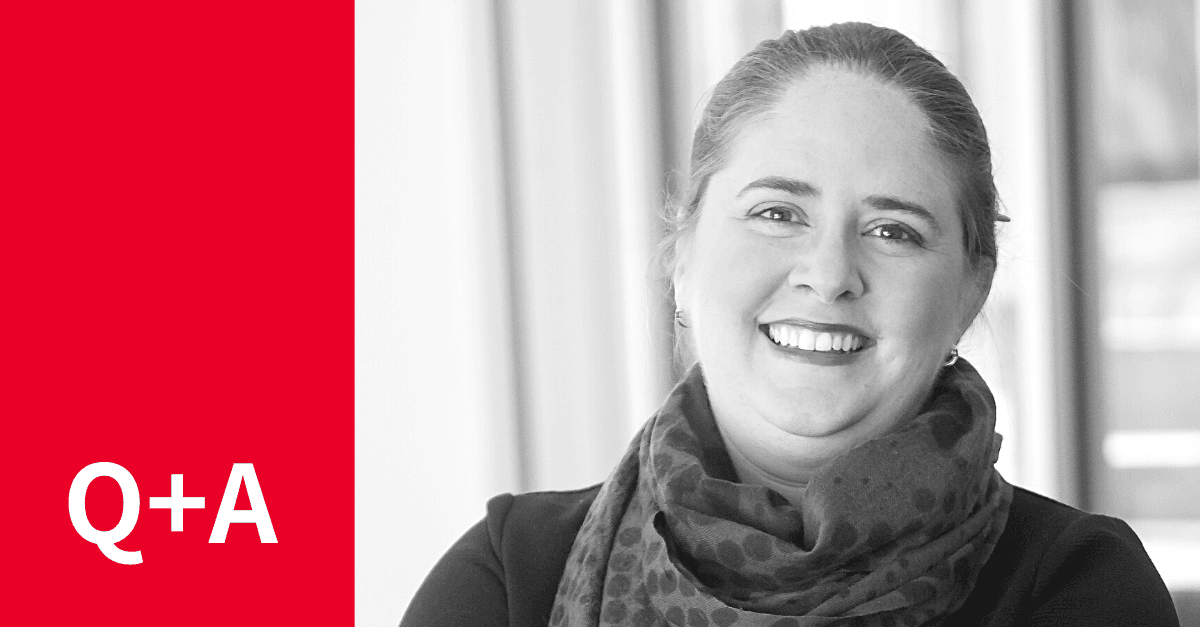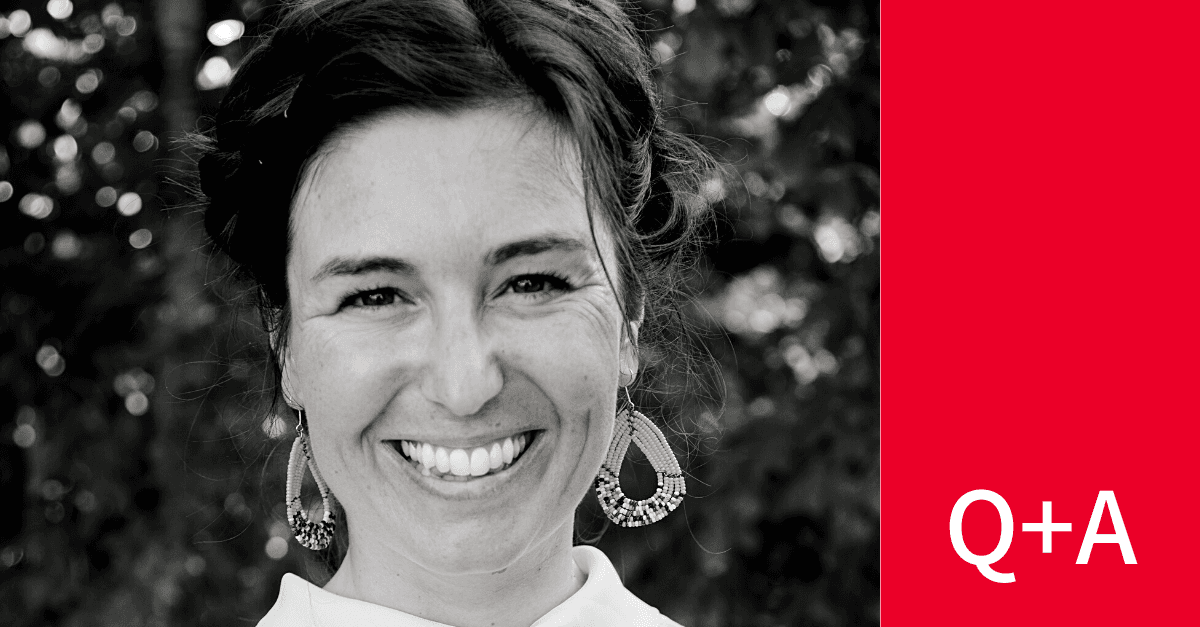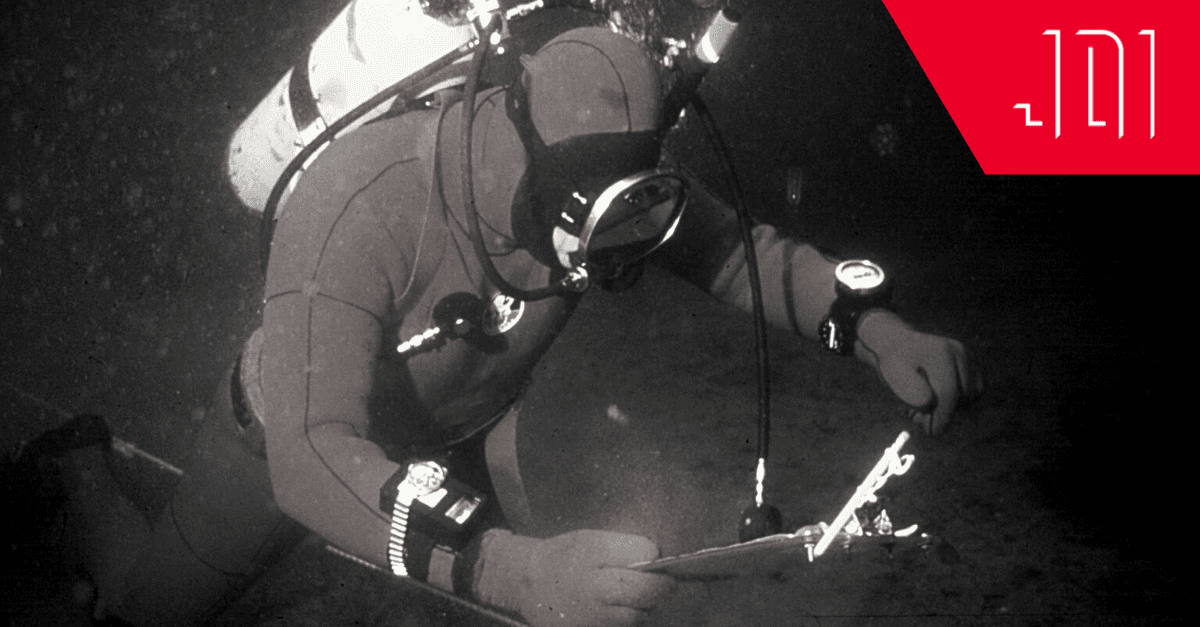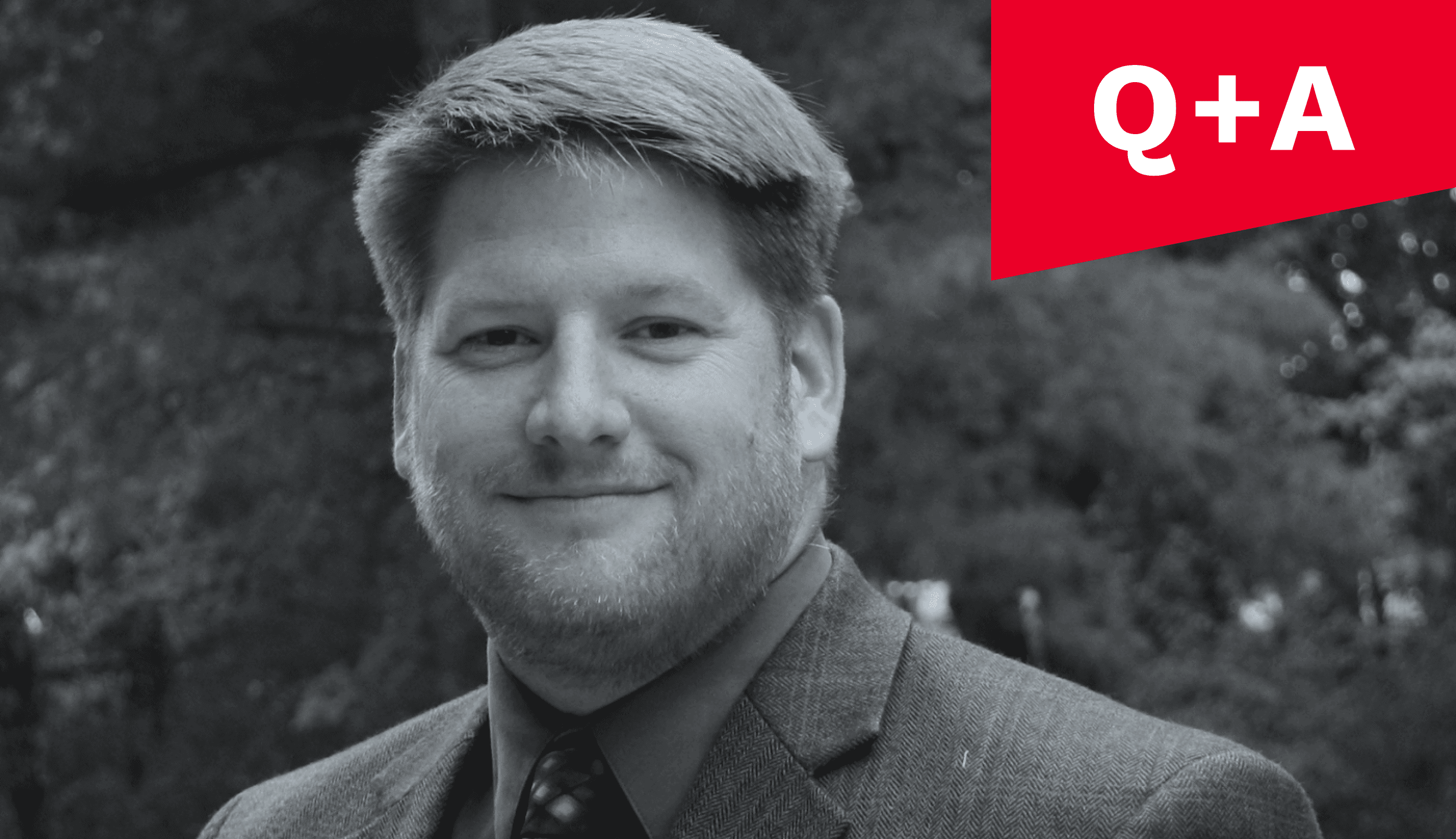Q&A with Dr. Jennifer Marshall
Tell us about yourself -- what is your background in and how did you end up in your current position?
I’ve been at Texas A&M University for a total of 15 years. My first seven I spent as a research scientist, and the last eight of which I have been an associate professor in the Department of Physics and Astronomy. Before that, I received my PhD in Astronomy from The Ohio State University, and my undergraduate at Northwestern University.
After I finished my doctorate, I did a postdoc at the Carnegie Observatories in Pasadena, California. While there, they had created a role specifically for me, and I served as the Carnegie Fellow for Instrumentation. While at Carnegie, I was involved in the development of new instruments for the Magellan Telescopes in Chile.
Throughout my career, my focus has been on developing observational instrumentation for myself and others to use for astronomy. I primarily work with optical wavelength instruments and telescopes, designing the cameras and spectroscopes to go on the back end of the telescope. These days, astronomers and physicists don’t spend too much time with their eyes pressed up against an eyepiece – we only break those out for the principal donors.
Can you tell us about the Mitchell Institute at Texas A&M University?
Speaking of principal donors, the Mitchell Institute is only possible because of George Mitchell, a TAMU alumni. George Mitchell engaged in a lot of philanthropic work, with a great deal of it concentrated on the study of science. He is also a principal donor for the Giant Magellan Telescope, another project that I’ve had the chance to work on.
The Mitchell Institute is addressing big questions about fundamental physics and astronomy: dark matter, dark energy, particle physics, string theory – how the universe works – as well as studying stars, galaxies, and supernovae. I primarily work in the astronomy department, but am always happy to collaborate with my colleagues within the Institute. While particle accelerators have fundamentally changed how we look at and see the universe in front of ourselves, they aren’t a crystal ball into the secrets of the universe. There is a limit to where they are useful, and so some physicists are looking at things now on a more macroscopic scale, and the fields of astronomy and particle physics are getting closer together.
How are spectroscopic telescopes used in astronomy and how is greater precision being achieved in ground-based telescopes?
About 25 years ago, astronomers used large, imaging telescopes to discover something very unexpected about our universe. Very simply, if our universe is full of matter, all of that matter has its own gravitational field. From black holes to stars to planets all the way down to a grain of sand and single atoms, each has its own gravity. Up until 1998, we thought that, eventually, all of the combined gravity would impart a force upon the way that the universe was expanding, and begin to slow it down. However, that wasn’t the case.
As it turns out, when we pointed telescopes at very distant, very old supernovae, we discovered that the universe was expanding at a slower rate earlier in its history. This caused all sorts of uproar throughout the scientific community, but all of it was possible only because of optical telescopes.
Today, we’re not really sure what dark energy is, but it is more of an umbrella term for the ambient energy in space that is fueling the expansion of the universe – and there is a lot of it.
However, the study of dark energy is still done using optical, and primarily ground-based, telescopes, looking at objects in detail and how they are moving in relation to one another and space around them. We take a spectrum, more technically the dispersal of light as a function of wavelength, of the stars and galaxies. If a picture is worth a thousand words, then a spectrum is worth a thousand pictures.
Astronomers are just now coming into an age of spectral and hyperspectral imaging. A large part of that is that technology is becoming more affordable, but also more reliable. We’re planning and building bigger telescopes than we have in the past, which allow us to directly capture more photons. The more photons we capture, the further away we can see, and the more of the universe we can study.
When studying far away objects, to really get an understanding of what is happening there using a spectroscope, astronomers have started using multi-object spectrographs. Instead of a single sensor, advanced telescopes are now using fiber positioning instrumentation to be able to gather signals from hundreds, if not thousands, of sources at a time. We can then take those many signals and study them all simultaneously: greatly reducing the cost of the survey, but also the total time it takes to study an area. There’s a lot of space, and scientists want to see as much of it as possible.
You’re involved in the Maunakea Spectroscopic Explorer Mission as well as the Giant Magellan Telescope (GMT) project – can you tell us more about those projects and your involvement?
The Maunakea Spectroscopic Explorer (MSE) is being designed for the Canada-France-Hawai’i Telescope on the summit of Mauna Kea in Hawai’i. CFHT’s first light was in 1979 and designed in the 1970s; an extremely long time when you think about how much technology has changed since then. The CFHT is a 3.6m optical/infrared telescope, and the community is asking, “what’s next” when it comes to the facility and site. Both astronomers and physicists want the highest quality data from the most powerful instruments, and CFHT aspires to become a more capable and future-facing facility. Mauna Kea presents the optimal conditions for surveying the stars, however, tearing down the CFHT and building a brand new facility is not under consideration – it represents a serious financial, cultural, and ecological impact on the island.
About 10 years ago, the team at CFHT began talking about what could be next and exploring other options. A few of my colleagues brought forth the idea that the facility itself wasn’t the problem – merely the telescope. They believed that the CFHT observatory was a perfect candidate for replacing the telescope with one that would be at or ahead of its time for spectroscopic imaging. This is the decision that the observatory made, and how the MSE project was born.
From 2019 to 2022, I served as the Project Scientist for the MSE, and my role was to provide a point of communication between the scientists and the engineers. There are about 500 scientists from around the world who are interested in using the telescope, and I got to find out what their needs are, what questions they want to ask, and how a spectroscopic telescope would benefit their research. I then compiled all of the information, and went back to the team of engineers on the project and made sure that we could build the best telescope possible, and meet as many of their needs as possible.
The Magellan Telescope facility is also adapting to the needs of astronomers and physicists with the development of the GMT. Unlike the CFHT, this is a much larger undertaking, and one I was involved in while I was still a Carnegie fellow, and when I first started here at A&M. I worked on the initial survey and design for the GMT Multi-object Astronomical and Cosmological Spectrograph, or GMACS, project. This was before fiber positioning technology became the gold standard, but I contributed to the multi-object spectrograph project, and made sure that the scientists on the team were all connected.
In both instances, I very quickly realized that science and engineering look really similar from the outside, but are worlds apart on the inside – to the point where it feels like they don’t speak the same language sometimes. I knew my own field of astronomy, but had to learn how to speak the same language as the physicists and engineers working on all of their projects. Having the opportunity to serve as a translator and help create understanding for all these different parties, especially early in my career, was an amazing experience.
What advancements in astronomical instruments have been made for the study of dark energy specifically – either in a lab or via stellar observation?
Particle physics has been a major driving force. Following the work on the Higgs Boson at the LHC, and the confirmation of the standard model, physicists were looking for their next project. For many, that was the study of dark energy. This represented a major pivot for them: transitioning from one field to a small corner of the study of space.
Dark matter and dark energy, despite their very similar names, are studied in very different ways. We’re looking for dark matter in particle accelerators and colliders, and through some traditional lab experiments. Dark energy is a very big-picture thing – looking at supernovae and stars and galaxies and their placement in the universe.
One big example is the case of the MSE, from when we originally planned the project to today, the interest from the physics community has placed a renewed demand on larger and higher quality mirrors. Originally, we designed for 11.25 meters, but it could get as large as 14 meters or more before we finalize our designs.
Was there a moment in your life that shaped your decision to pursue science?
Attending Northwestern University pushed me outside of my comfort zone, but being a part of their work study program was a big part of how I arrived at the field I’m in now. Students had three options: they could work in the cafeteria, the library, or be lab research assistants. There was no way I was working in the cafeteria, and I didn’t want to shelve books for 30 hours a week, but I loved science. I wasn’t sure what exactly I wanted to do with my life, but the work study program let me explore many different areas very quickly.
I remember working in a geology lab, which was very fun, but I never felt attached to the science I was a part of. What was most interesting was when I joined the astronomy department – my advisor specialized in submillimeter polarimetry, taking measurements of polarized light from the Milky Way. While what we were studying wasn’t always my favorite topic, this opened my eyes to the world of instrumentation.
I had built things out of wood many times with my father growing up, but combining that with scientific study was not something I had ever considered. Working in the lab, I got to build a calibrator for my professor’s telescopes that would help to verify and improve their accuracy. These telescopes weren’t just on the top of the astronomy building or at a nearby observatory, but were located in the South Pole!
When I had finished building the calibrator, my professor asked me if I wanted to be the one to use it on the telescopes in the field. This was a huge deal: here was someone asking me to build something, sending me off to the South Pole, and paying me to go do science. I was hooked.




